cameras
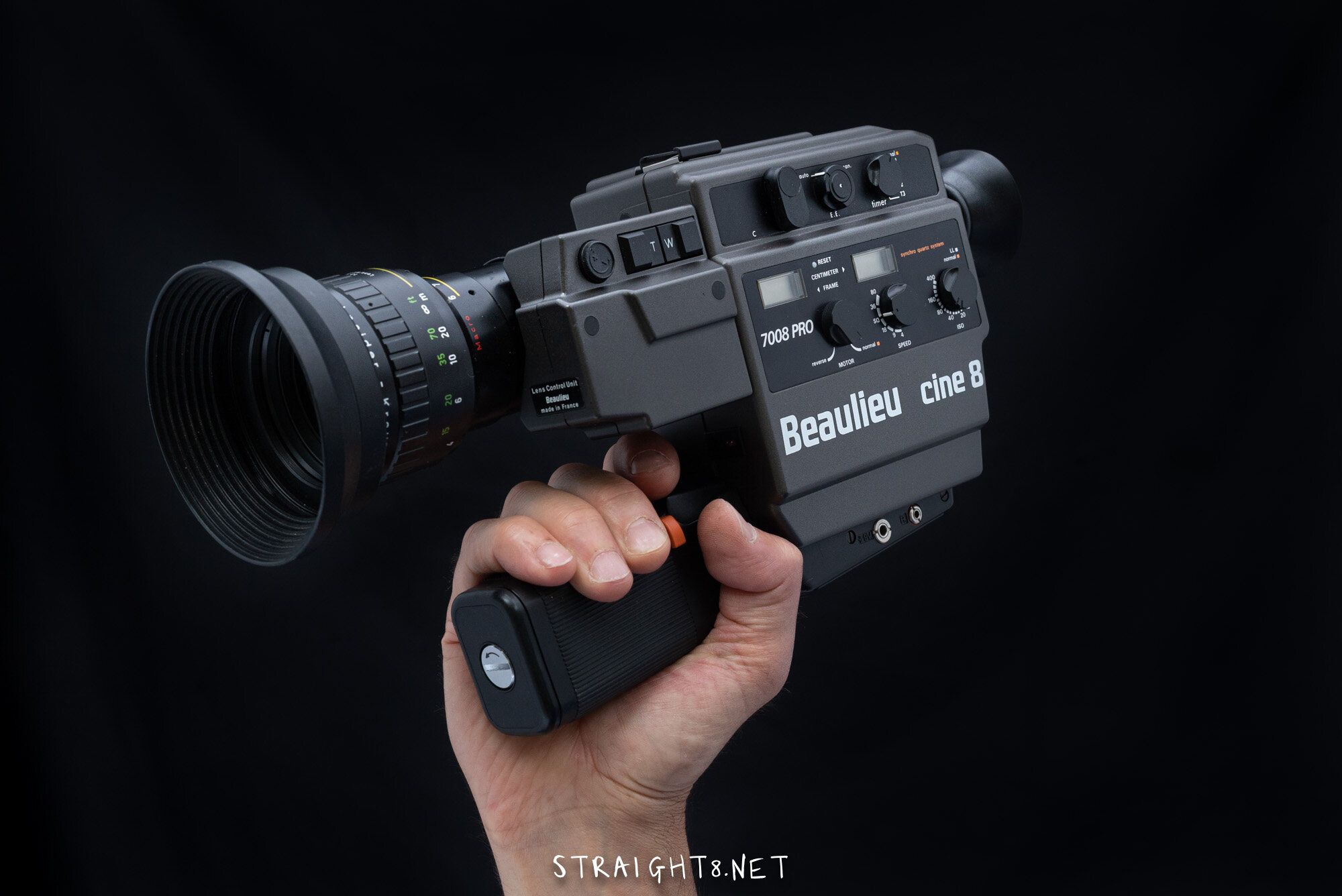
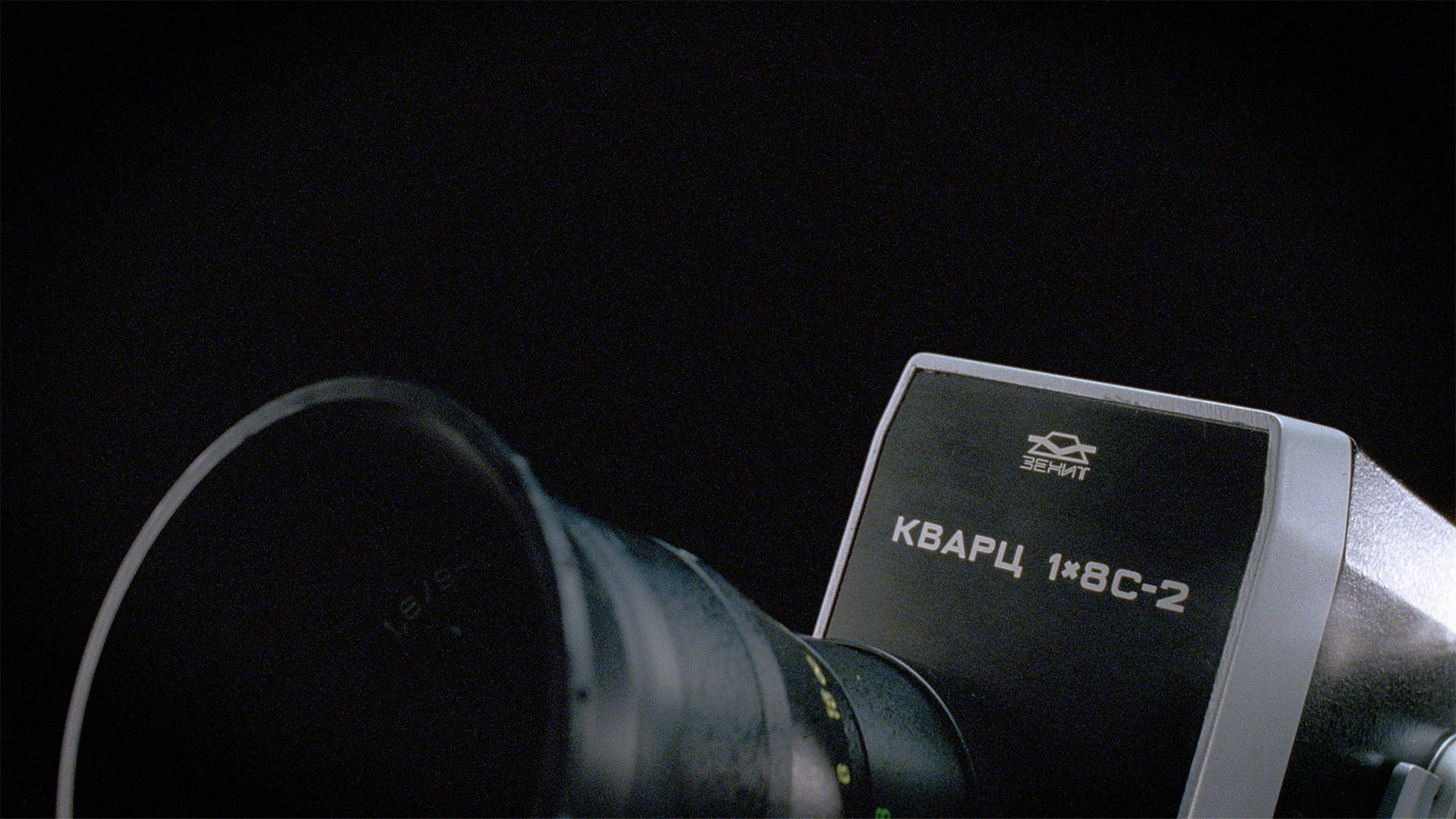
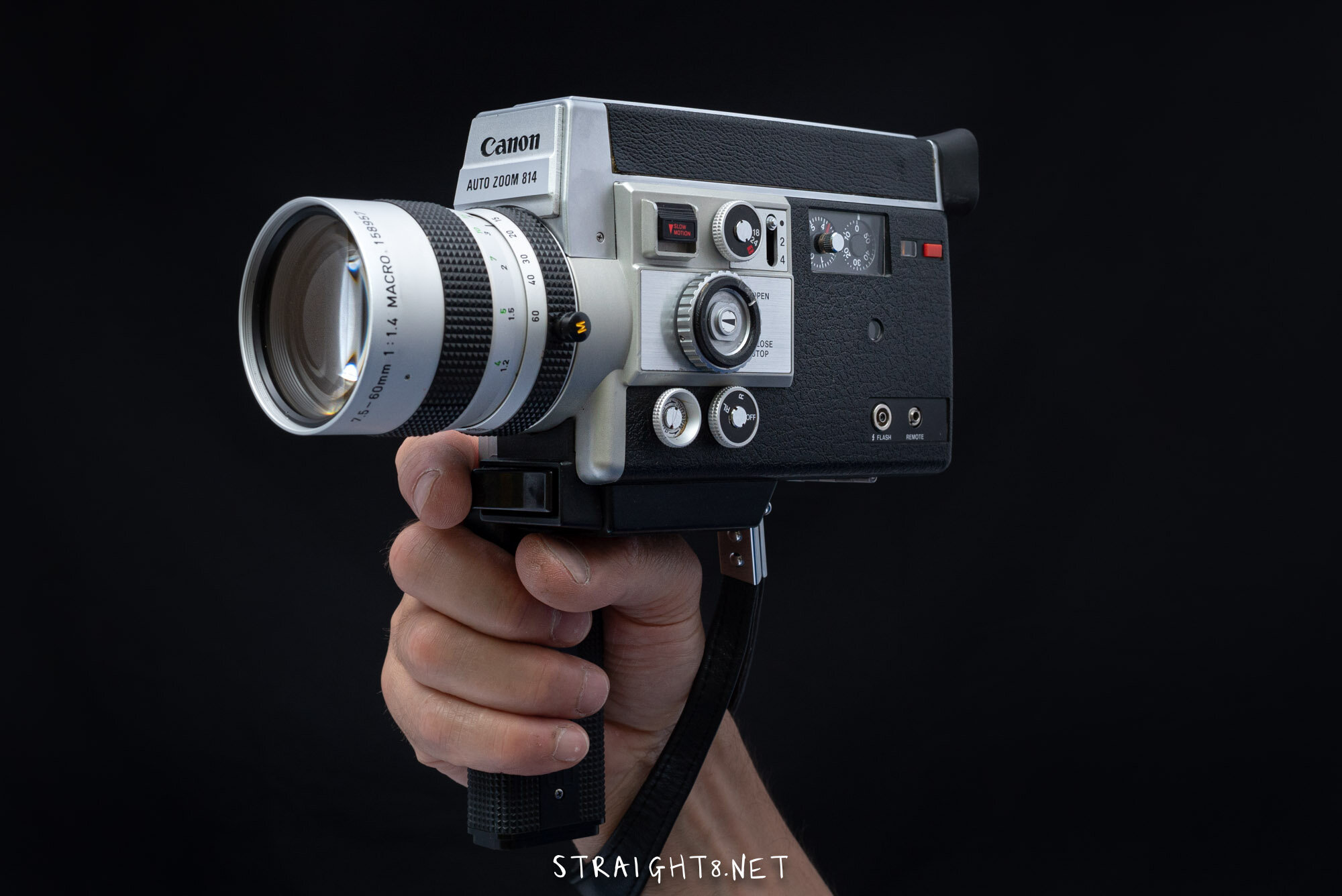
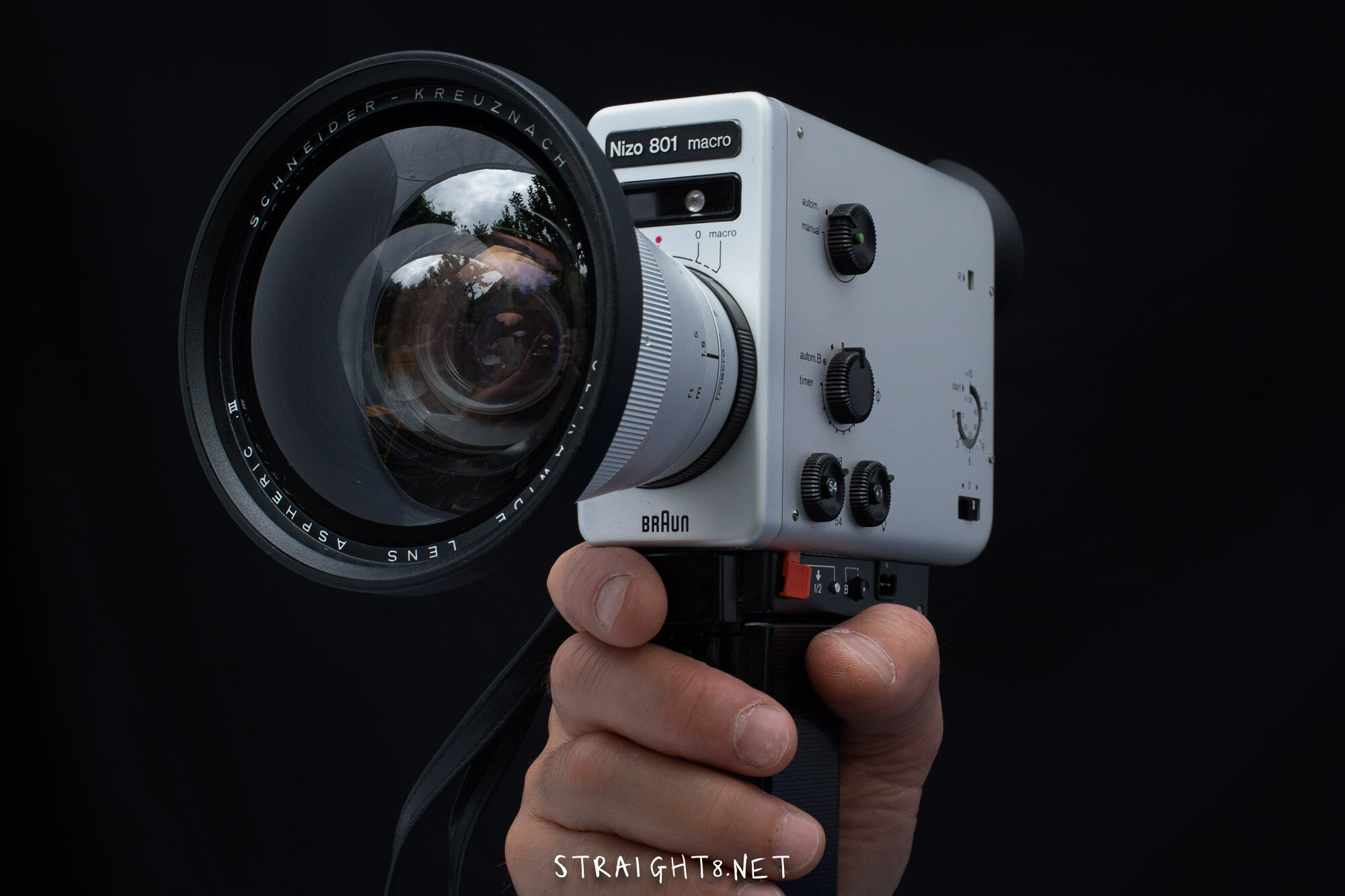

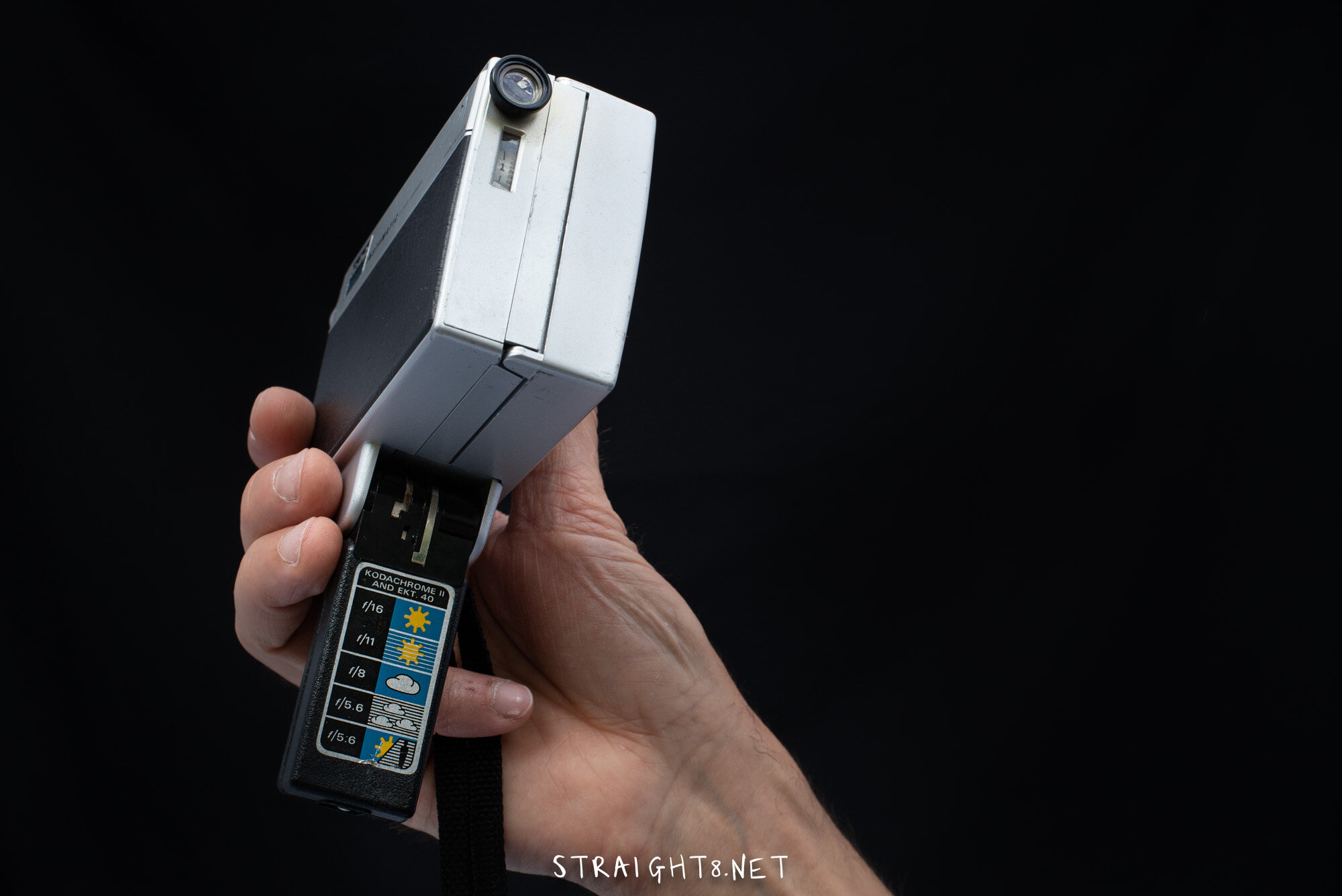
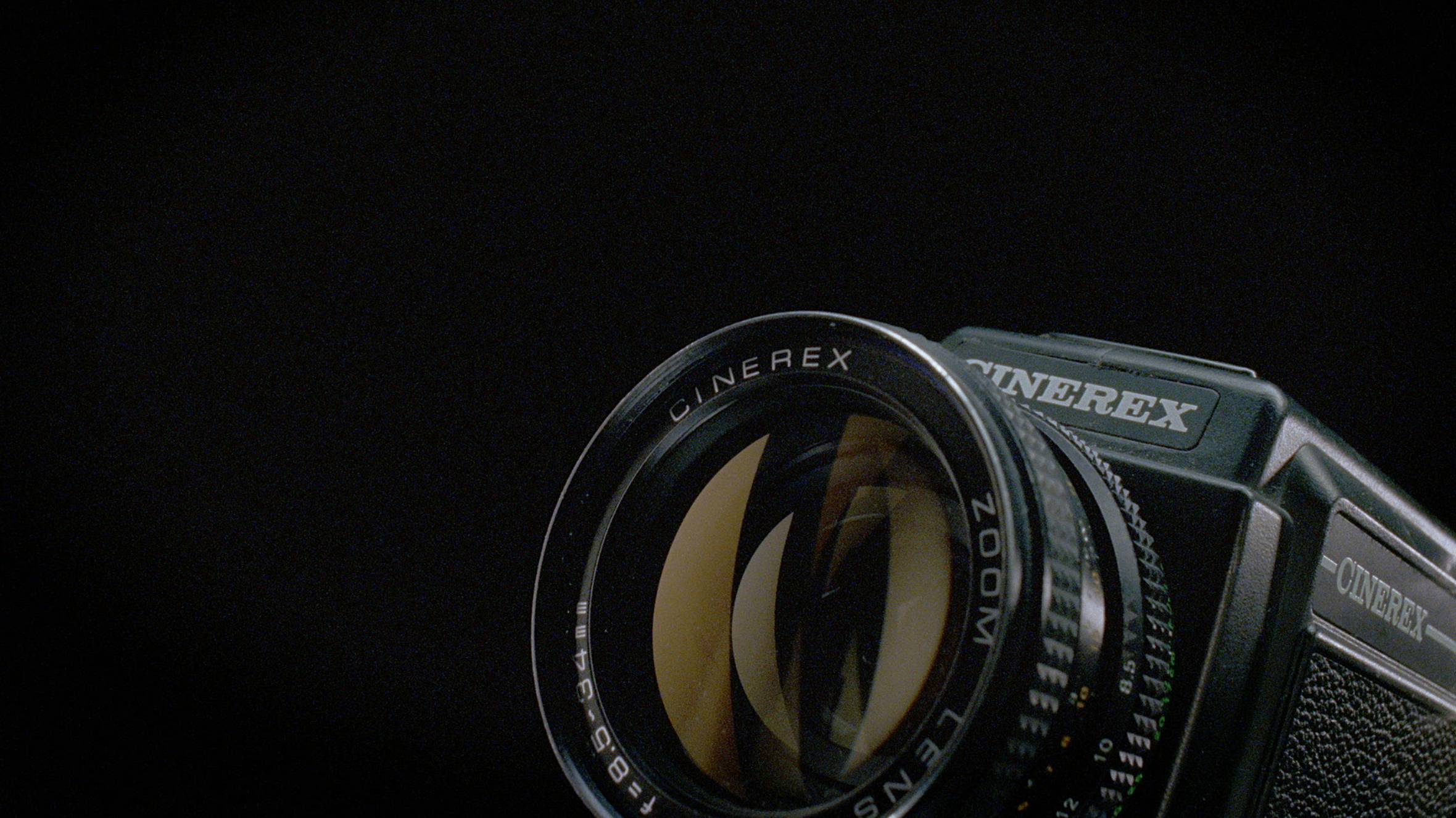

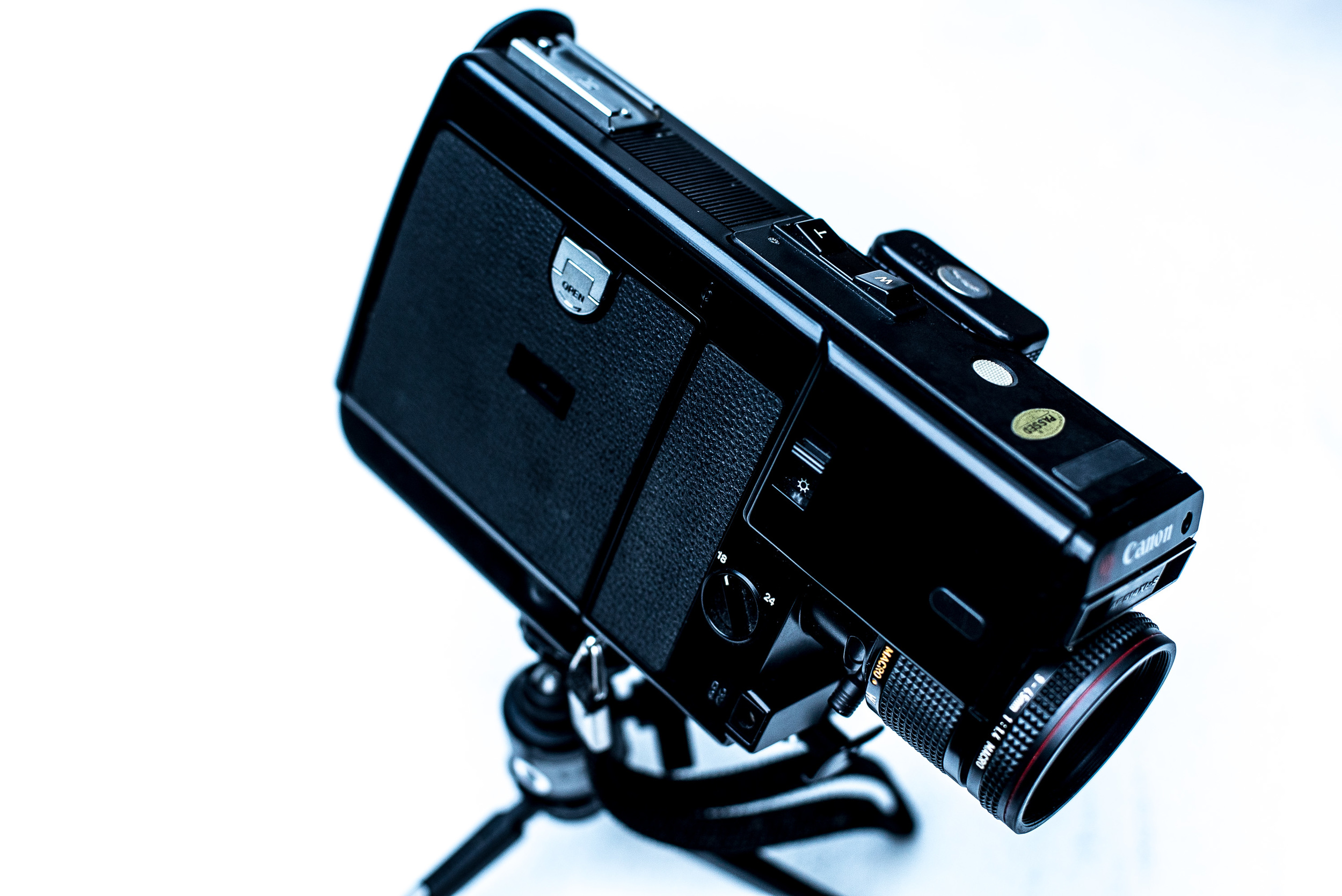
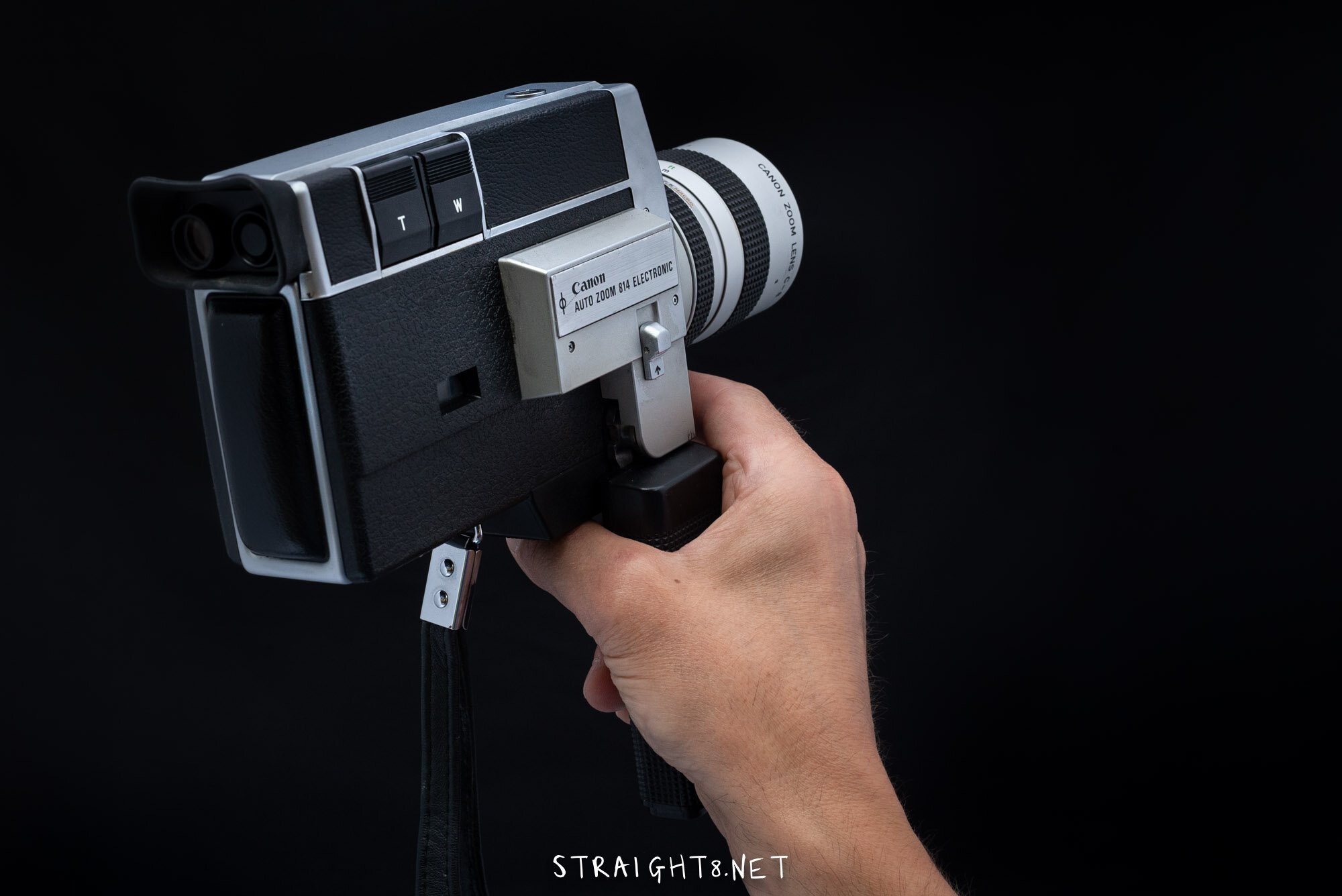
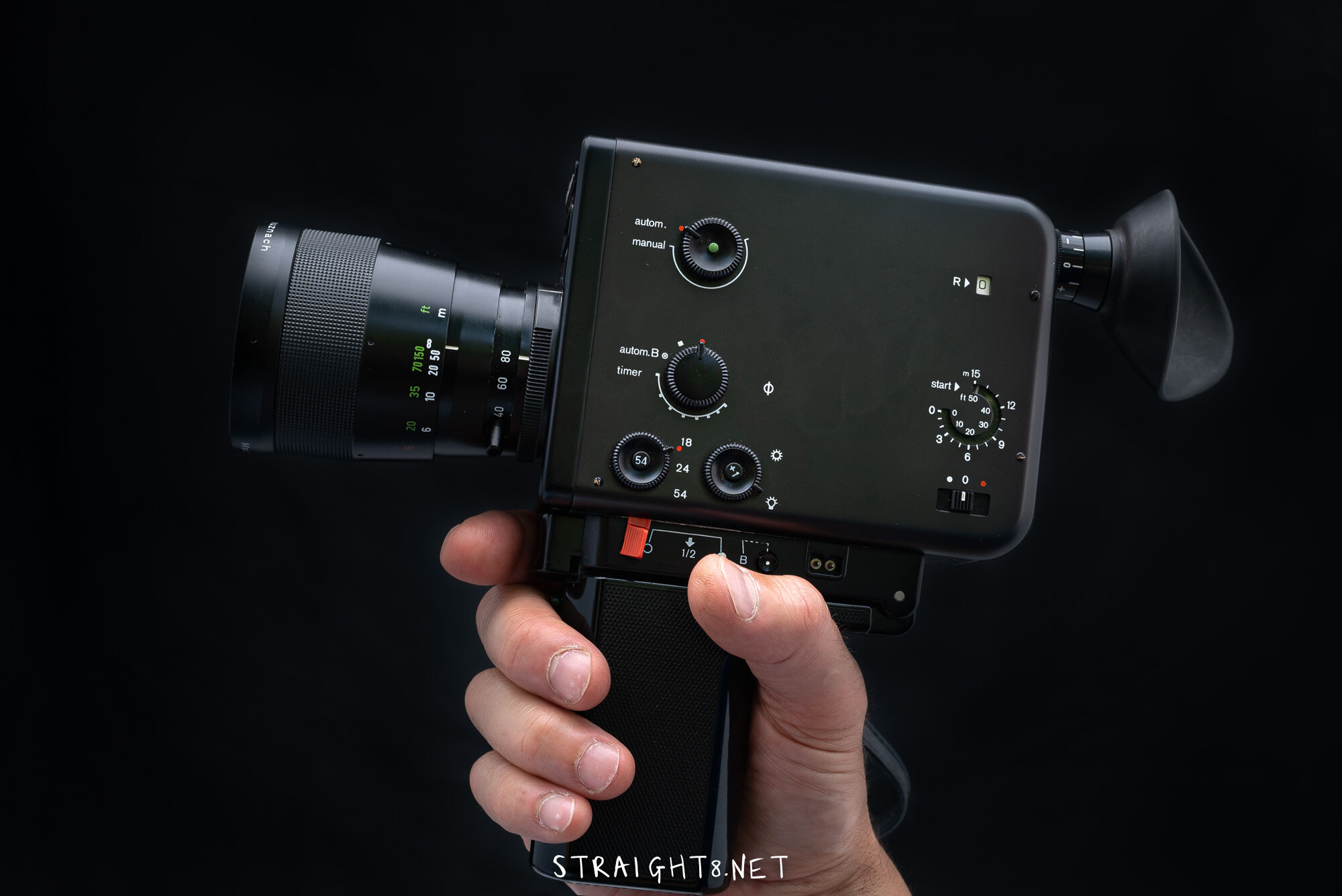
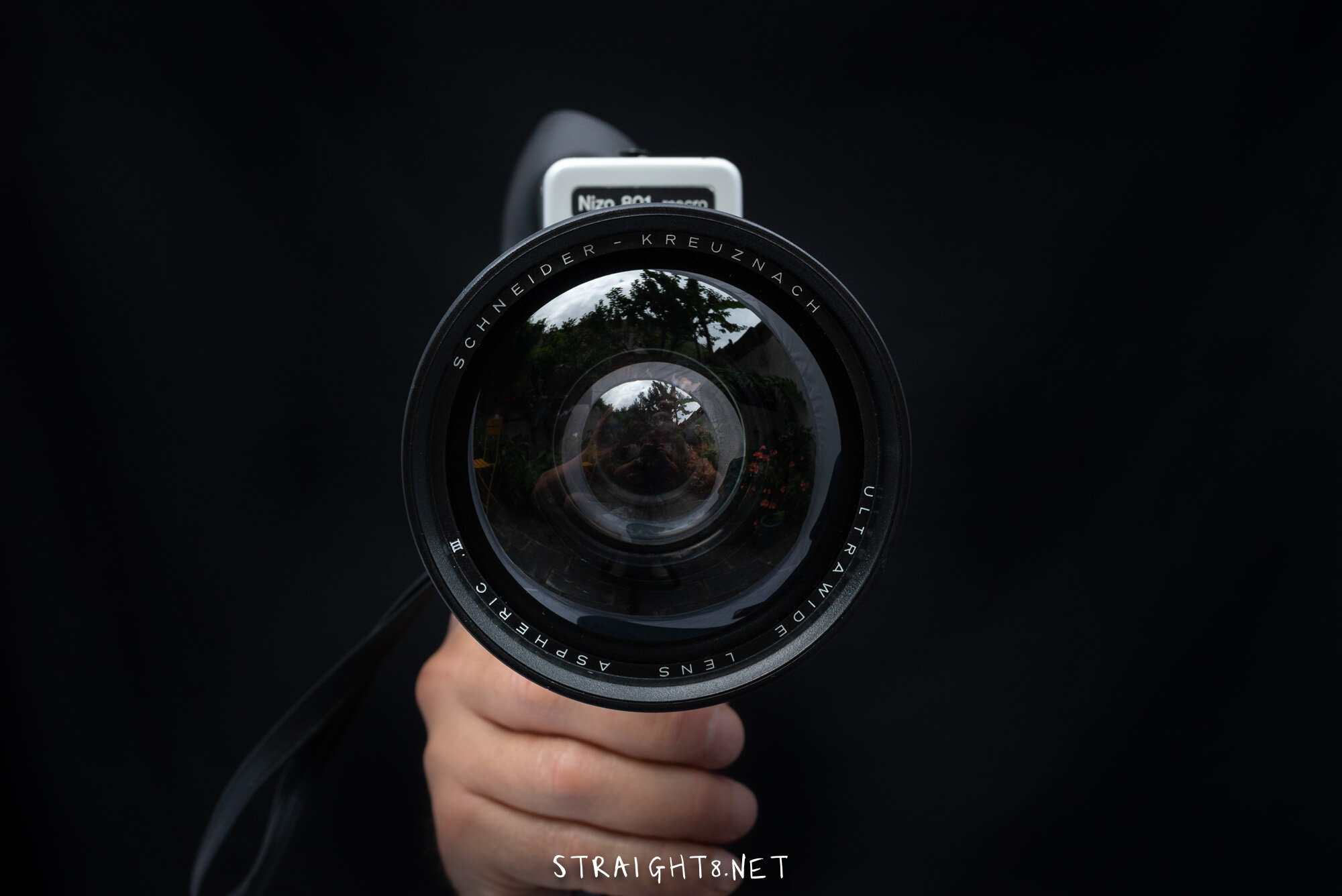

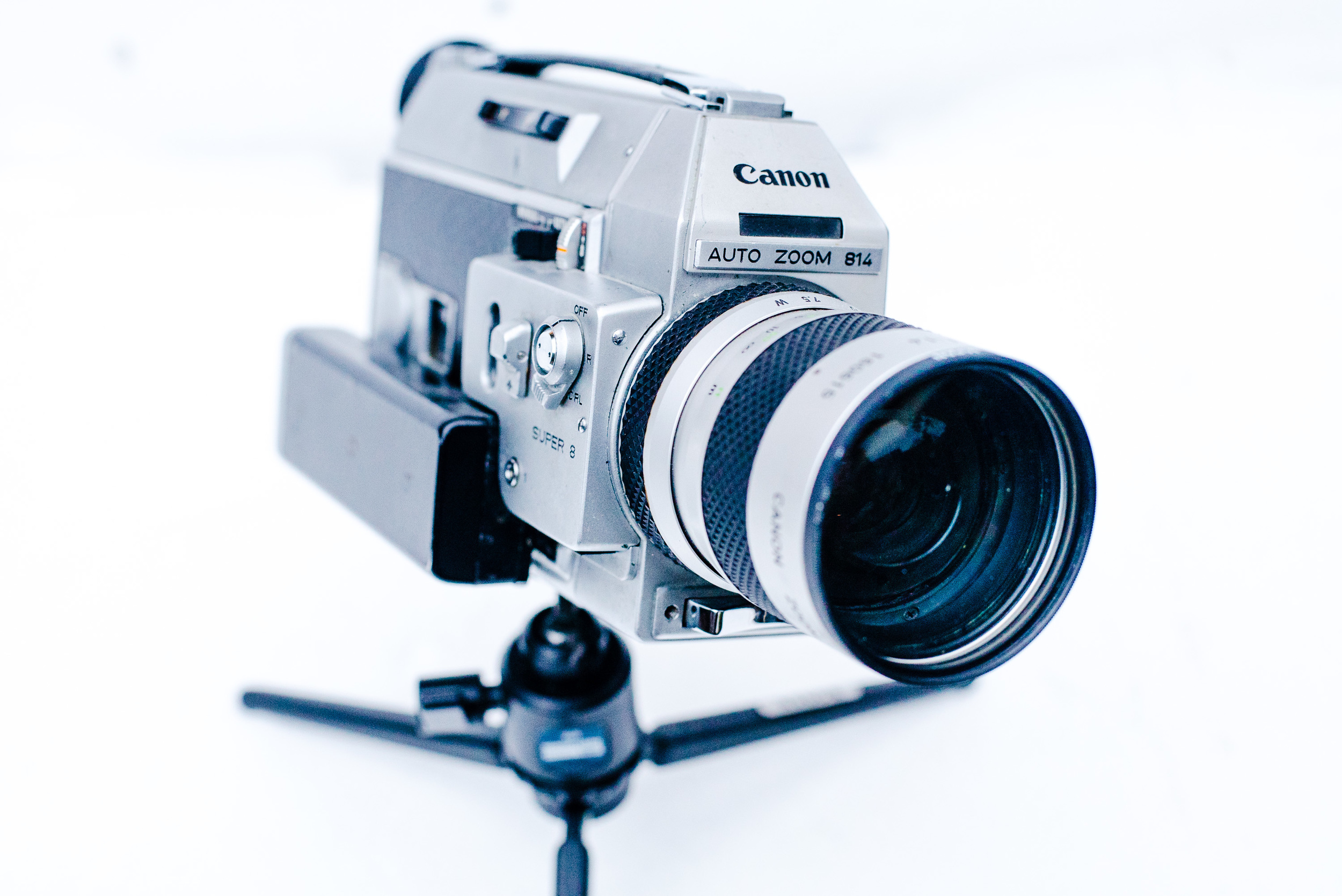
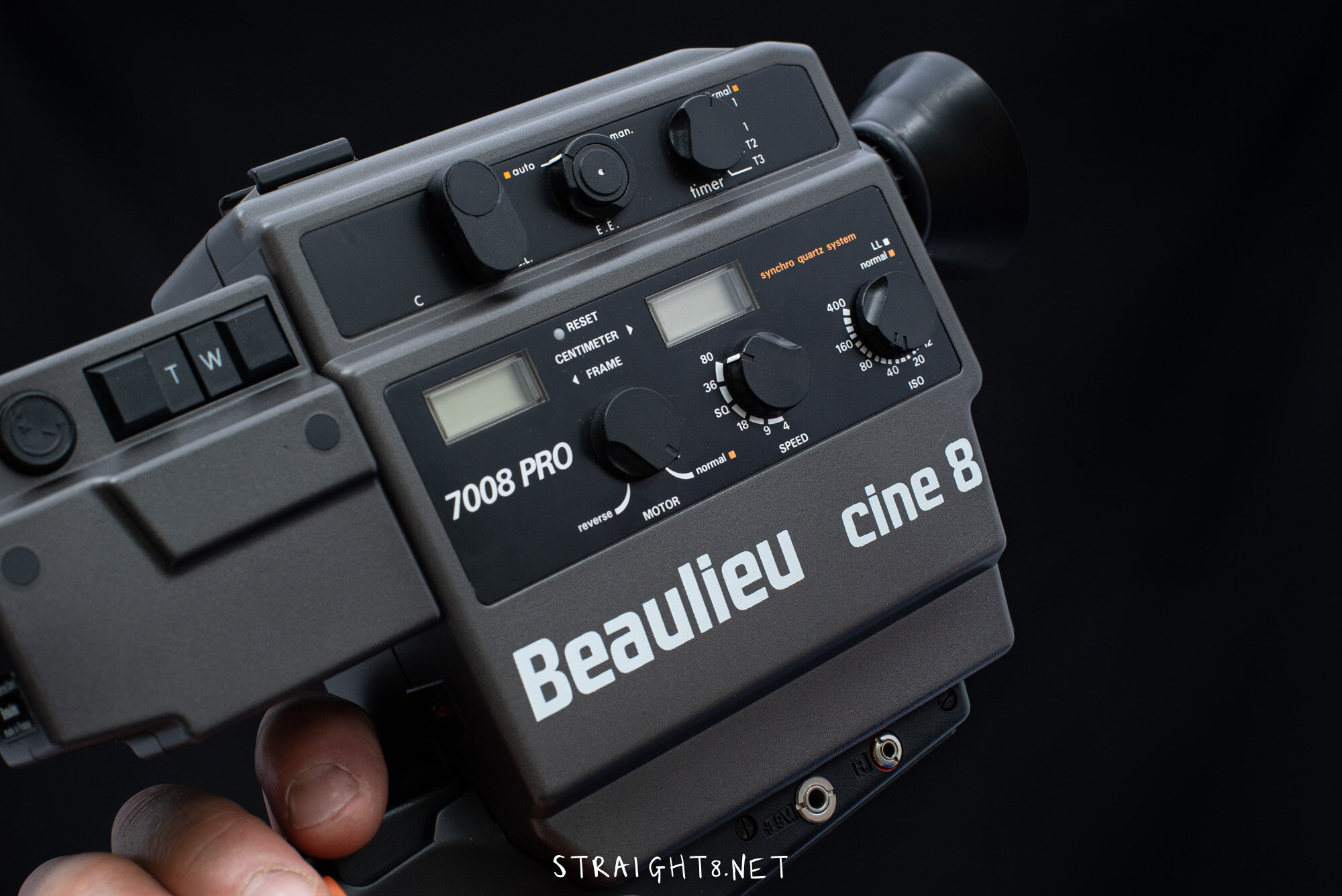
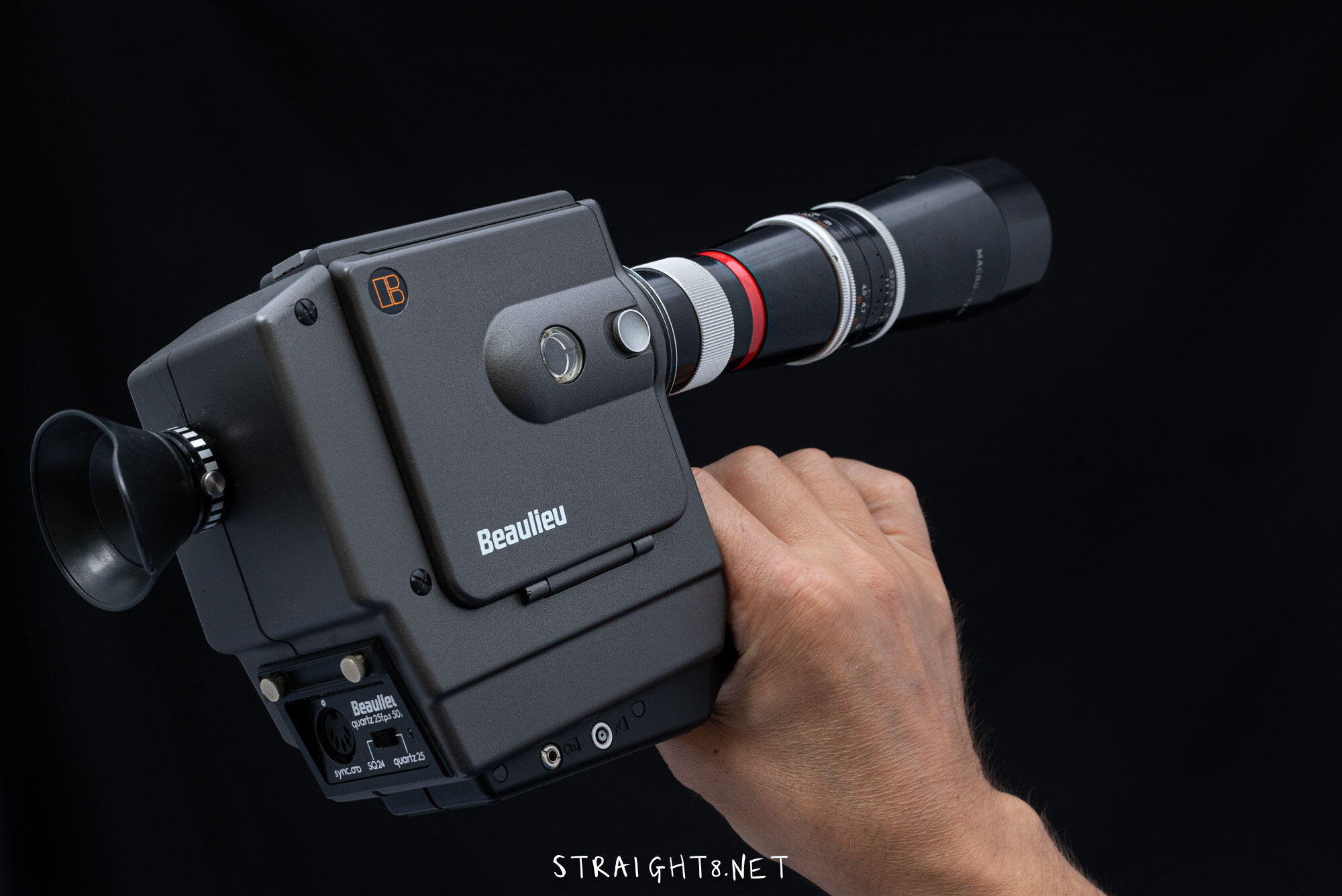

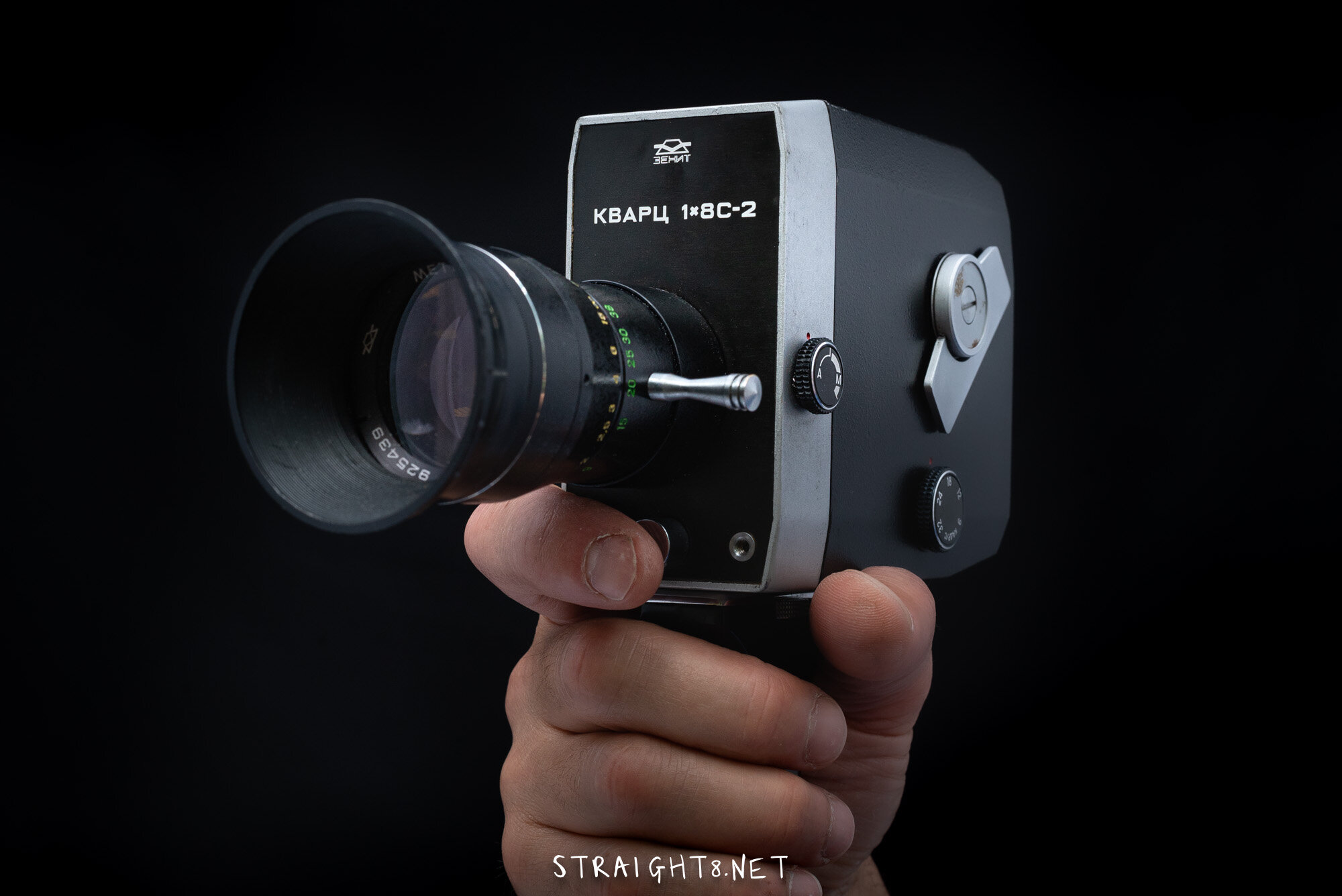


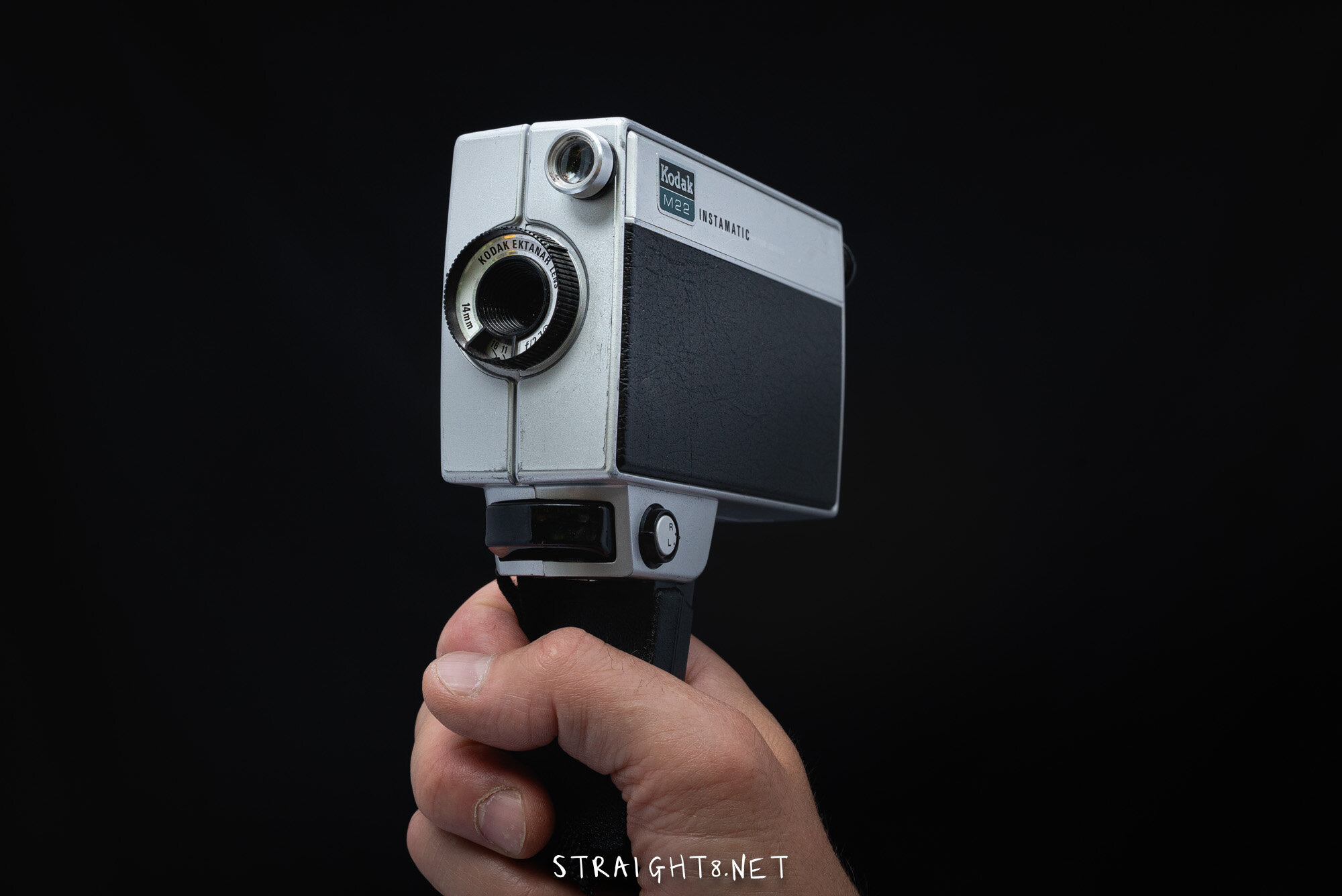

super 8 cameras are gorgeous. as well as being a basic necessity for making a straight 8 film
and they really aren't hard to find. when people say they don't have a camera we say you just need a great idea. get that, talk about it and everything you need will come around it
+ what camera should i buy/where can i buy one?
super 8 cameras are easy to find and can be picked up for next to nothing, but you usually have to pay a bit more for a fully tested camera, especially with a guarantee. like anything there are more desirable ones and a lot of features and factors to choose from.
we'd like to grow a list of things to look for, and look out for - but while we wait for that, do contact us if you want a bit of advice.
like, look for:
- clean lens with no scratches or fungus and a low f-stop (the maximum light it will let in e.g. F1.4 is great).
- cameras with XL in the model name have a wider shutter angle letting in more light.
- signs of being well looked after. is the battery compartment clean and not corroded?
- ask for a video of the camera running - does it sound healthy?
then check the camera you're into on super8wiki.com it lists the specs of almost all super 8 cameras and often has manuals to download. check out our outlets section at the bottom of this page to find one
we can also hire out some of our super 8 cameras - contact us to enquire
+ TELL ME ABOUT FRAME RATES.
the standard frame rate for super 8 is 18fps (frames per second). for the main straight 8 competition all films are projected at 18fps, and so they last 3 min 15 secs maximum.
if you want to shoot slomo, you neeed to run film through quicker (overcrank). this burns more film and is how you s-t-r-e-t-c-h time when your film is played back at 18fps. so shooting at 24fps will mean that shot play back 33% slower. some cameras go higher than 24fps - 54fps and 80fps are really cool but at 80fps a shot lasting 20s in your film will be filmed in just 4.5 seconds. youll burn through film but the shots look ace! life's full of trade offs right?
NB - for our straight 8 shootout (company competition) our base speed is 24fps so you'll need a camera that does 24fps if you want to shoot in real time. that's why those films are max length 2m30s as opposed 3m15s for our annual straight 8 comp.
and of course if your camera runs at 12 or 9 frames you get a sped up effect, like cheap cop programmes when they had car chases. people sometimes use 9 or 12 frames per second in extremely low light like filming a band in a dingey venue. and then they transfer or project it at the same speed it was shot. this helps with exposure and creates an interesting effect. here's an example by our pal jamie in sweden. it also saves on film! it's not relevant if you're shooting for a straight 8 competition as we never adjust scan speeds for individual films.
then there's stop frame. one frame at a time either in your own time with each press of the trigger/press of a cable release, or in a timelapse with a frame taken every second/minute/hour/year/etc - some cameras have a built in intervalometer with usually three interval settings for your different speed timelapses - like fast sunset, super fast sunset, woah shit - was that the sunset?!
+ what other features does my super 8 camera need?
it depends what will best help you tell your story! many people are fine with just a lens and a trigger. however, some popular features include:
- manual aperture (iris) control - this lets you take a light reading with an external meter and set your exposure manually. it's helpful if you're shooting in overcast/contrasty conditions, or if you want a darker or brighter shot.
- variable shutter angle - most feature films are shot with what's called a 180° shutter, which means the shutter is open for half of each frame. super 8 cameras are often 150°, so they're open slightly longer to maximise the light on the film. some cameras have a variable shutter, so you can choose the balance between sharp footage and low-light.
- timelapse - mentioned above in the frame rate section. lets you take a single frame every second/minute/hour/etc
- lap dissolve - this feature lets you do a 'dissolve', a shot the smoothly fades into another shot
- high speed shooting - some cameras have high-speed modes so you can shoot slow-motion. see the frame rates section above for more info
- crystal sync - put simply, super 8 cameras generally don't run at exact framerates, more like 17-19fps than exactly 18fps. crystal sync, used for sync-sound filming in the past, make a super 8 camera run at an exact framerate (often 24fps not the usual 18fps) and keep a consistent speed.
- autom. b - specific to some nizo cameras, autom. b is a timelapse mode where the camera works out the length of long-exposure shooting by itself, leading to well exposed images with a variable frame rate.
- macro - a lens feature rather than a camera feature. let's you shoot super close up images, with objects just centimetres from the lens
- underwater - check out our special section of shooting super 8 underwater
+ what's the best super 8 camera?
we can't pick a favourite child! some excellent high-end super 8 cameras include: canon 814 & 1014; nikon r8 and r10; nizo 561, 801 & professional; beaulieu 4008, 6008 & 7008.
we're all big fans of the canon 814 series and the nizo s800/801/professional, but we also shoot zenit, elmo, nikon, etc.
you can see photos of most of these cameras in our gallery above
the main thing is to get one that's been tested or give it a good test yourself, and check that it has the features you need.
+ UNDERWATER SUPER 8
there are actually lots of ways to shoot super 8 underwater. if you’re not james cameron with your own submarine and james-cameron-sized budgets then you’re in the right place...
(and if you are james cameron... james, please be our guest and enter straight 8 - we’d love to see what you’d do with one roll of super 8 and no opportunity to edit or do post-production)
ok - let’s get all jacques cousteau now, but on super 8, not 16mm like him.
we’re going to talk about: the only super 8 camera made to go underwater, camera underwater bags, bespoke camera housings, d.i.y. rigs (not much), and finding the real thing.
before that though there’s two other things you’re gonna need big time whichever you go for.
and you can’t control them (unless you’re on a massive budget).
these are going front and centre because if you forget about them you’re gonna be disappointed no matter what system you use...
1) good underwater visibility. obvious right? but unless it looks seriously great down there to the eye, don’t waste film.
2) light light light. like always - super 8 just loves light, and it’s even more important down under the waves where the red light of the sun is filtered out more and more as you go down deeper.
if you’re shooting in a tank /underwater studio with tons of lights, in triple filtered evian, like they did for this gorgeous film made for our 2016 straight 8 competition, then great!
if not just think: water clarity, sunlight.
oh and carry an underwater torch. they’re not expensive and can really help shoot in nooks and crannies, plus like a knife strapped to your calf, it’ll make you feel way more like the adventurer you are.
so… the hands-down easiest, bestest way to shoot super 8 underwater in our humble opinion is... drum roll….
the eumig nautica…. (and it’s pretty damn good on land too)
and this is not an underwater housing. it’s a camera which was designed in austria in the 70’s to be waterproof down to 40metres, and you can still pick up good working ones today.
we’ve used them loads, can even now do basic repairs, and spent time to find a perfect replacement for the all important o-ring (rubber seal) for the door, which we sell in our shop.
so we’re gonna share lots of useful info below - but as always with this area of our website, we want your questions so we can populate it with what you have a burning need to know.
first up though, bet you didn’t know it was originally launched as the housewife’s super 8 camera?!! don’t believe us? check out this fascinating history lesson.
for the basic specs see our insta post about the eumig nautica a little while back
for more detailed specs about this and nearly every super 8 camera made, have a look at this and this.
if you’re buying one online, ask the seller for a video of the camera running, with sound on, so you can hear how smooth it is.
look for signs of corrosion in the interior - especially the battery compartment. ask for photos.
check the lens and wide angle adaptor for scratches - many of these are scratched from people wiping the lens without having rinsed off sand and salt water. - always rinse everything thoroughly in fresh water asap after shooting in the sea. keep some drinking water on the boat or the rocks nearby, to wash off the salt water for lens cleaning, or if not, be prepared to give the lens lots of licks and french kisses - we told you we love this camera.
contact us for a free care sheet we’ve made about what to do after a shoot.
if you need to try some repairs, ask us - we may have done it already and we may even have a video about it. or if you can repair them well - let us know!!
water magnifies the field of view by 25% or 33% depending who you believe. anyway this means you will mostly want to use the wide angle adaptor. there are really specific instructions for using the lens with and without the adaptor, above and below water, for macro and non-macro use. it’s all in the manual but can get confusing. and there’s nothing worse than wasting precious super 8 film and seeing half your results are out of focus - especially that shot of the giant squid you already told everyone about.
there’s so much more we can say but there’s loads you can find online. plus ask us anything and we will try and add it.
download the manual for free here
the ewa-marine ’housing’….
this is more a bag than a housing. it has some pro’s and it has lots of cons.
first you have to find one.
find one that fits your camera.
that isn’t ripped or with a dodgy seam.
if you do get one put a piece of tissue in it (no camera yet) and do it up tight and play with it in the bath, really submerging it. if the tissue gets soggy…. you’re good to go. (just checking you’re paying attention)
have a look here and don’t judge us on the choice of lead photo. it was the 70s.
we’ve used the U-S model that ewa-marine used to make, with a canon 814. it’s squeeze getting it in there and that can cause damage.
in fact we sent it to them for repair a couple of years back so it’s good to know that’s an option.
you can get some lovely results like this.
so the cons are. every time you want to adjust focus, zoom, or reload you have to dry it off and open it up, squeeeeeze the camera out of the tough rubber bag, and then get it back in again. frankly it’s a pain. but it’s a good tool to ave around, and before we had nauticas, this was a great option.
bespoke underwater housings…
imagine your favourite super 8 camera - which we think should be the one you have already - and all the controls on it that you’d like to be able to use while submerged, and then when you’re all set click here. dave kelly in aus makes bespoke underwater housings for any camera and has done super 8
fancy yourself as an underwater housing life-hacker?
or maybe you're more of a 'one must already exist for my camera!' type of person...
in which case, check this!
whichever you go for have fun and think about what else you need for the sub-aqua filmmaker you...
we recommend a decent sized dry bag. a bright coloured one like this. attached to you by a piece of rope, this also serves as a warning to boats that you’re down below. in it put stuff like a soft chamois/fake vegan chamois cloth, a bottle of fresh water, all your film (in another plastic bag), spare batteries and parts, o-ring grease, picture of your loved one, last will and testament, leatherman, sandwiches, silica gel packets from covid kits
a wetsuit, a weight belt, a sense of humour…. we’ll leave the rest to you.
lastly, for some celluloid underwater inspiration watch:
and tell us what’s inspiring you - we can add it.
happy underwater shooting. keep in touch.
straight 8 x
+ ANY CAMERAS TO AVOID
super 8 is not the same as '8mm'. people sometimes get excited that they picked up a funky old 8mm camera and then realise they can't use it for straight 8. 8mm can be cool and you can still get it from some suppliers, and get it processed. check out single 8 too but again no good for our competitions. don't look for sound film. it did exist but that's now a thing of the past. for our comp you make your soundtrack separately, without having seen your film. which is literally half the fun of it
+ WHAT ELSE SHOULD I BEAR IN MIND
test the camera if it’s new to you or you haven’t used it for a while. to make sure it works and you can work with it to get the best out of it.
the lens is one of the most important components. the rest can be simple and basically mechanical but the lens is a series of glass optics and is responsible for getting your scene recorded on celluloid for others to see later. a fast (low) f or t-stop is a bonus. this is the widest aperture it will go to, eg 1.4 on a canon 814. how contrasty is the lens, what’s the bokeh like? all nice things to experiment and okay with.
the focal lengths are also important. is it wide enough / long enough for my shots? if you’re used to 35mm film photography the focal lengths need to be approximately multiplied by 6 to equate. so a 7mm focal length on super 8 is a bit like a 42mm on full frame
some simple super 8 cameras have a fixed focus lens where you don’t need to focus at all and everything will be sharp from about 1m to infinity. the kodak m22 is like that or the zenit quartz with the zoom lens screwed off. however focal depth is a big contributor to cinematic storytelling so don’t think it’s all good not to have to worry about focus.
close focus is another thing to care about. every lens has a minimum close focus distance measured to the film plane (circle with a line through it denoting where the film gets exposed in the gate). no matter what you do nothing will be sharp at less than this distance. unless you add a diopter. so if it’s imperative to read a note or see the time on a watch, you may be surprised without a macro lens or adaptor or diopter how far away you need to get the film plane from the subject. eg 1.2 metres. people often make this mistake. read a previous straight 8er's close-up shooting tips here
take a look at our other super 8 tips in the 'tips' section below
CAMERA OUTLETS
these cameras hide badly in lofts, cellars, flea markets, car boot sales, ebay and stores like the ones below
do allow time to test a camera new to you. there are lots of reliable sellers and renters around the world and we'll happily grow this list if people have solid recommendations... as in good people deserving of your custom, who won’t sell / rent bad cameras!…
we can also hire out some of our cameras - contact us to enquire
+ uk
camera crate (mention straight 8)
sendean cameras (guess what)
+ eu
click & surr (mention straight 8)
+ usa
du-all camera (mention straight 8)
monsterflipsusa (mention straight 8)
pro8mm (guess what)
another great camera outlet to add? email us your recommendations